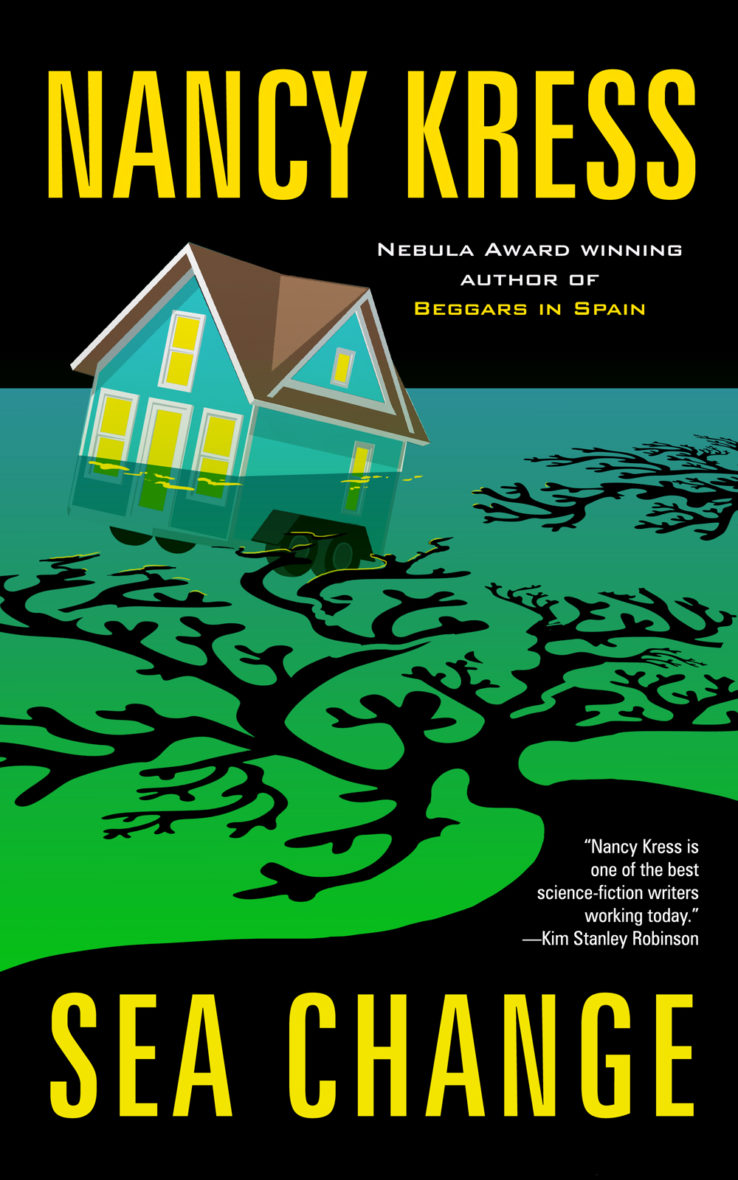Tachyon tidbits featuring Jane Yolen, Adam Stemple, Nancy Kress, Bruce Sterling, and Jaymee Goh
The latest reviews and mentions of Tachyon titles and authors from around the web.
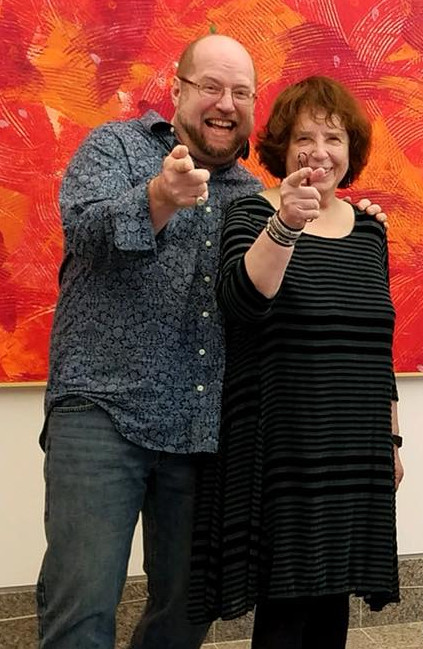
Adam Stemple & Jane Yolen 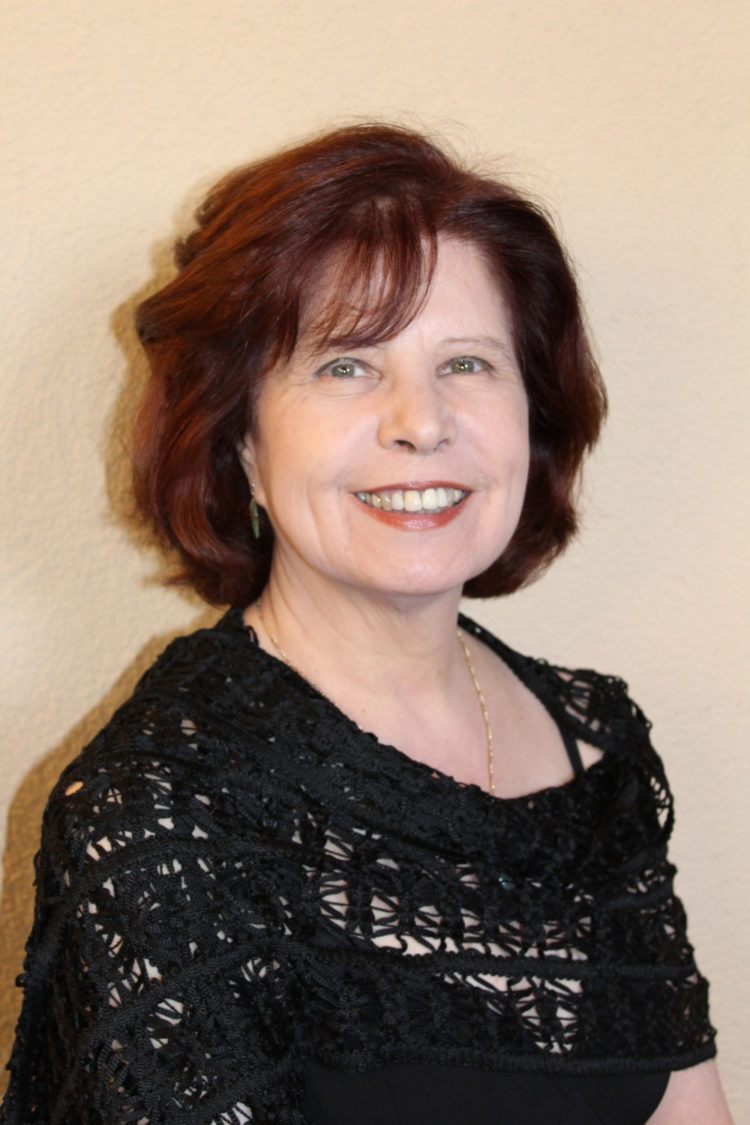
Nancy Kress
Photo by Liza Trombi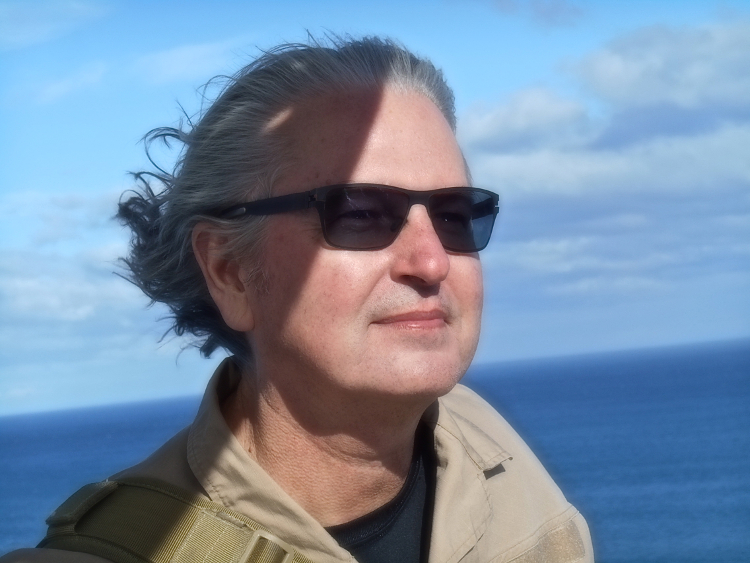
Bruce Sterling 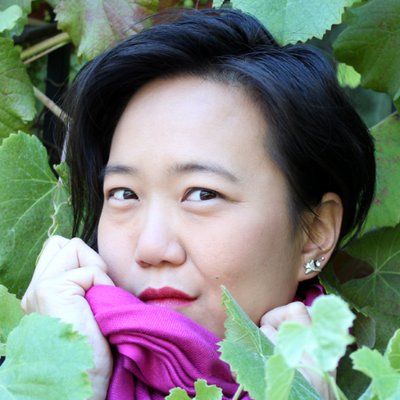
Jaymee Goh
Photo by Francesca Myman
GREEN MAN REVIEW runs the first several chapters of THE LAST TSAR’S DRAGONS by Jane Yolen and Adam Stemple.
Your revolution is a lie.
There were no heroes, no great causes. Just slaughter, suffering, death.
And dragons.
Oh, you thought those a myth? Tales your grandfather told you?
No, the dragons were real. Bolvan, the dragons are why you won! The only reason there aren’t dragons today is that Uncle Joe slaughtered the reds during the Great Purge, and in ’23 a pack of larcenous Chinese eunuchs blew up the dragon barns in the Forbidden Citywhile trying to destroy evidence of their embezzlement.
I see you smiling, you indoctrinated young fool. You see a man who has turned against the revolution that employed him for nearly thirty years. A man convicted of corruption and treason and worse, and you think I would say anything to avoid the firing squad. But in truth, I am old and weary and no longer afraid to die. I just want someone to know the truth.
So it falls on you, young man, to hear the true tale of the revolution, dragons and all.
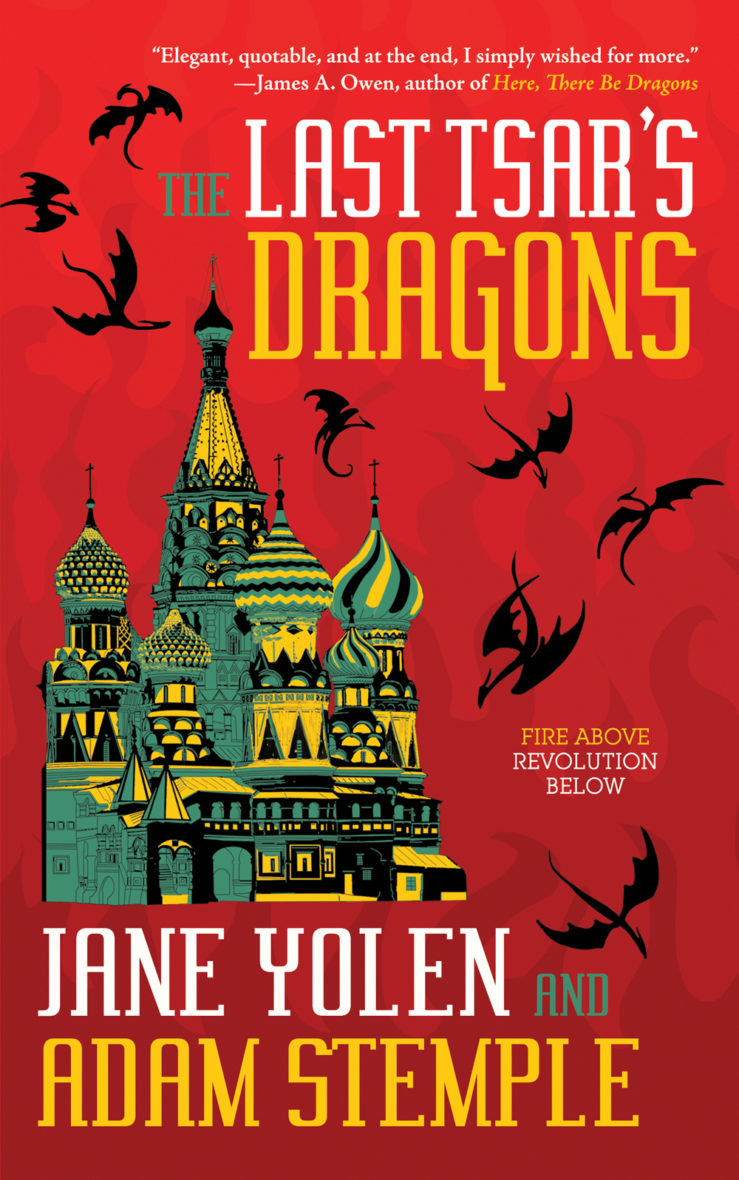
Design by Elizabeth Story
Paul Semel, on his eponymous site, interviews Nancy Kress about her new book SEA CHANGE.
To begin, what is Sea Change about and when and where is it set?
Sea Change spans a few decades beginning in 2005 and ending in 2033. Most of it takes place in Seattle. It’s about a lot of things, but the primary concern is genetically-modified crops. This is, I know, a spectacularly controversial subject. And, I believe, a necessary one. Usually people come down hard on one side or the other, without nuance. “Frankenfoods!” “Luddite!” I wanted to depict a near future that takes into account the genuine complexity of GMOs.
Sea Change is also “about” ocean algae blooms, government control, and chess. But since all stories are primarily about the characters who inhabit them, this is a story about Renata and Jake. In fact, if I were titling my novella now, I would call it Sea Change: A Love Story. Unfortunately, I didn’t think of this in time and Tachyon would not be happy to change the title at this late date.
In celebration of Bruce Sterling’s birthday, Rich Horton offers a collection of his Sterling short fiction reviews, many of which will be included in the forthcoming collection ROBOT ARTISTS AND BLACK SWANS.
Locus, June 2009
The March-April Interzone features a Bruce Sterling story – not that he was ever gone, but Sterling seems “back” this year, with a new novel and now “Black Swan”, gritty and savvy, with a journalist lured across multiple timelines, chasing wild tech not to mention a revolutionary version of Nicolas Sarkozy.
Locus, September 2009
And Bruce Sterling offers a clever fantasy about an Italian auto executive encountering the devil – or something like him – in “Esoteric City” (F&SF, August-September). The story is fun, original – certainly worth reading, but at some level it struck me as insubstantial.
Review of Subterranean 2: Tales of Dark Fantasy (Locus, May 2011)
Another story I particularly enjoyed comes from Bruce Sterling. “The Parthenopean Scalpel” concerns an assassin who has to flee the Papal States after the too clumsy success of one of his assignments. In exile he falls in love – but a certain Transylvanian intervenes. The story rides on the well-maintained voice of the main character, and the backstory of Europe in the turbulent middle of the 19th Century.
CURIOUS FICTIONS published Tachyon editor Jaymee Goh’s new story “The Doll in the Museum.”
Little doll, buried under dust and sand,
Little doll, what do you have in your hands?
“It’s obviously a sacred figurine,” my date said. “And you can tell it was from a matriarchy, given how many female shapes there are.”
“Uh-huh,” I said, non-committedly.
“It was obviously a fertility cult, too, you see how big the hips are.”
I stifled a yawn. In my head I could see the hands, my hands, folded across my belly. I tried not to think about it; I hate my stomach. It bulges too much.
This museum display made me feel comfortable, though. There was just one in this case, with a sign next to her full of words about who had found her, where, and what she possibly represented. She pressed her hands on her belly, too. It was found somewhere in Mesopotamia, one of the earliest ever figurines. Clay.
My date was trying to hustle me on. He majored in History, although I was unclear how that mattered when he’d never taken a class on the ancients. Still, he seemed so sure that I found myself nodding along. As he droned on, I pressed my palm against the glass, staring at the figurine.
Something in my hand—a piece of cloth, with scribblings on it. I knew what those marks were. I felt the insides of my cheeks pressed against my teeth in a smile, the crinkling of my eyes in pleasure, the deep breath containing the surge of triumph.

